America’s cultural landscape extends far beyond the established art capitals of New York and Los Angeles. Across the country, cities of all sizes have developed thriving creative communities, innovative museums, and distinctive artistic identities that showcase their unique histories and characters.
Here is a list of 20 American cities with exceptionally vibrant art scenes, each offering its distinctive blend of visual arts, performance, architecture, and creative energy.
Santa Fe

New Mexico’s capital boasts the third-largest art market in the United States, with over 250 galleries packed into just 37 square miles. The city’s unique adobe architecture provides a distinctive backdrop for viewing art that spans from traditional Native American crafts to cutting-edge contemporary installations.
Canyon Road’s half-mile stretch of galleries offers one of the most concentrated art-viewing experiences in America. At the same time, the innovative Meow Wolf’s House of Eternal Return exemplifies the city’s embrace of immersive, boundary-pushing creative experiences.
Detroit

The Motor City’s renaissance has been largely driven by its dynamic arts community, which has transformed vacant industrial spaces into vibrant cultural hubs. The city’s creative energy flows through neighborhood arts initiatives like the Heidelberg Project and grand institutions such as the Detroit Institute of Arts with its famed Diego Rivera murals.
Detroit’s rich musical heritage continues through venues supporting everything from techno to classical. At the same time, its street art scene has exploded, with more than 100 new murals added during annual festivals such as Murals in the Market.
Like Travel Pug’s content? Follow us on MSN.
Asheville
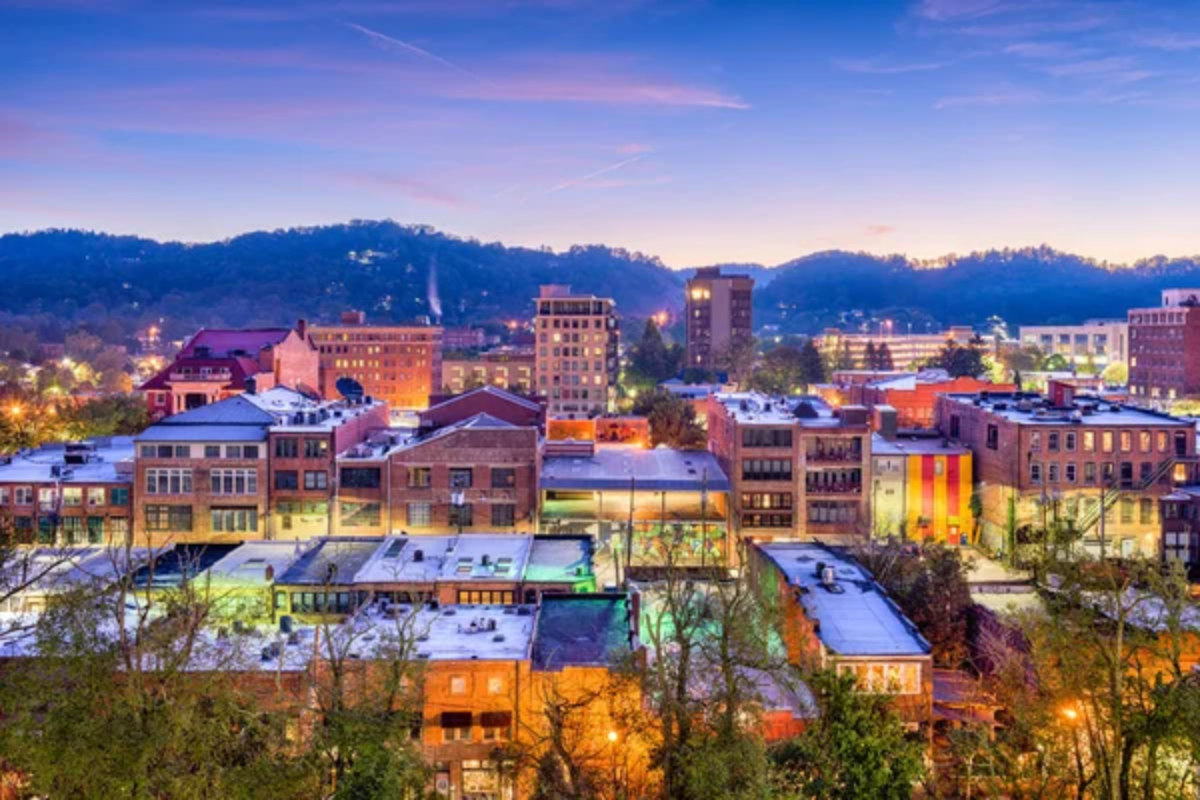
Nestled in North Carolina’s Blue Ridge Mountains, this small city punches far above its weight in creative output. The River Arts District houses over 200 working artists in former factory buildings along the French Broad River, offering visitors rare behind-the-scenes access to creation processes.
The city’s distinctive architectural character derives from hundreds of Art Deco buildings downtown and the magnificent Biltmore Estate. Folk traditions remain vibrant through institutions like the Southern Highland Craft Guild, which has preserved Appalachian crafts for nearly a century.
Portland

Oregon’s largest city embraces artistic expression across all disciplines with characteristic Pacific Northwest independence. The city’s pioneering Pearl District transformation from industrial wasteland to cultural hub set a national model for arts-driven urban renewal.
Portland’s robust public art program ensures creative encounters throughout the city, from formal sculptures to whimsical street interventions. The monthly First Thursday art walks have run continuously since 1986, creating one of America’s longest-running urban art events.
Miami

Beyond the international spectacle of Art Basel Miami Beach, this vibrant city has developed a year-round arts ecosystem with distinct neighborhood identities. The Wynwood district transformed from a warehouse zone to an open-air museum through strategic investment in commissioned murals that now cover more than 50 city blocks.
The Design District combines high-end retail with serious cultural amenities like the Institute of Contemporary Art Miami. The city’s unique position as a cultural bridge between North and South America creates artistic dialogues found nowhere else in the country.
Like Travel Pug’s content? Follow us on MSN.
Chicago

The Windy City combines blue-chip institutional strength with grassroots creative energy across its diverse neighborhoods. Millennium Park exemplifies the city’s commitment to accessible public art through iconic works like Anish Kapoor’s reflective Cloud Gate sculpture.
The city’s distinctive architecture remains a living museum of innovation from Louis Sullivan to Jeanne Gang. Chicago’s vibrant theater scene spans from storied institutions like Steppenwolf to groundbreaking storefront companies producing work in converted spaces throughout the city.
Providence

Rhode Island’s capital transformed its identity from industrial center to creative hub through strategic investment in arts infrastructure. The RISD Museum punches far above its weight with a collection spanning ancient Egyptian works to contemporary design.
The city’s Industrial Trust Building became the world’s first Superman Building due to its resemblance to the Daily Planet headquarters, exemplifying how architecture shapes cultural identity. WaterFire, the city’s signature public art installation, regularly draws over 50,000 visitors to experience the ethereal beauty of 100 bonfires floating on downtown waterways.
Austin
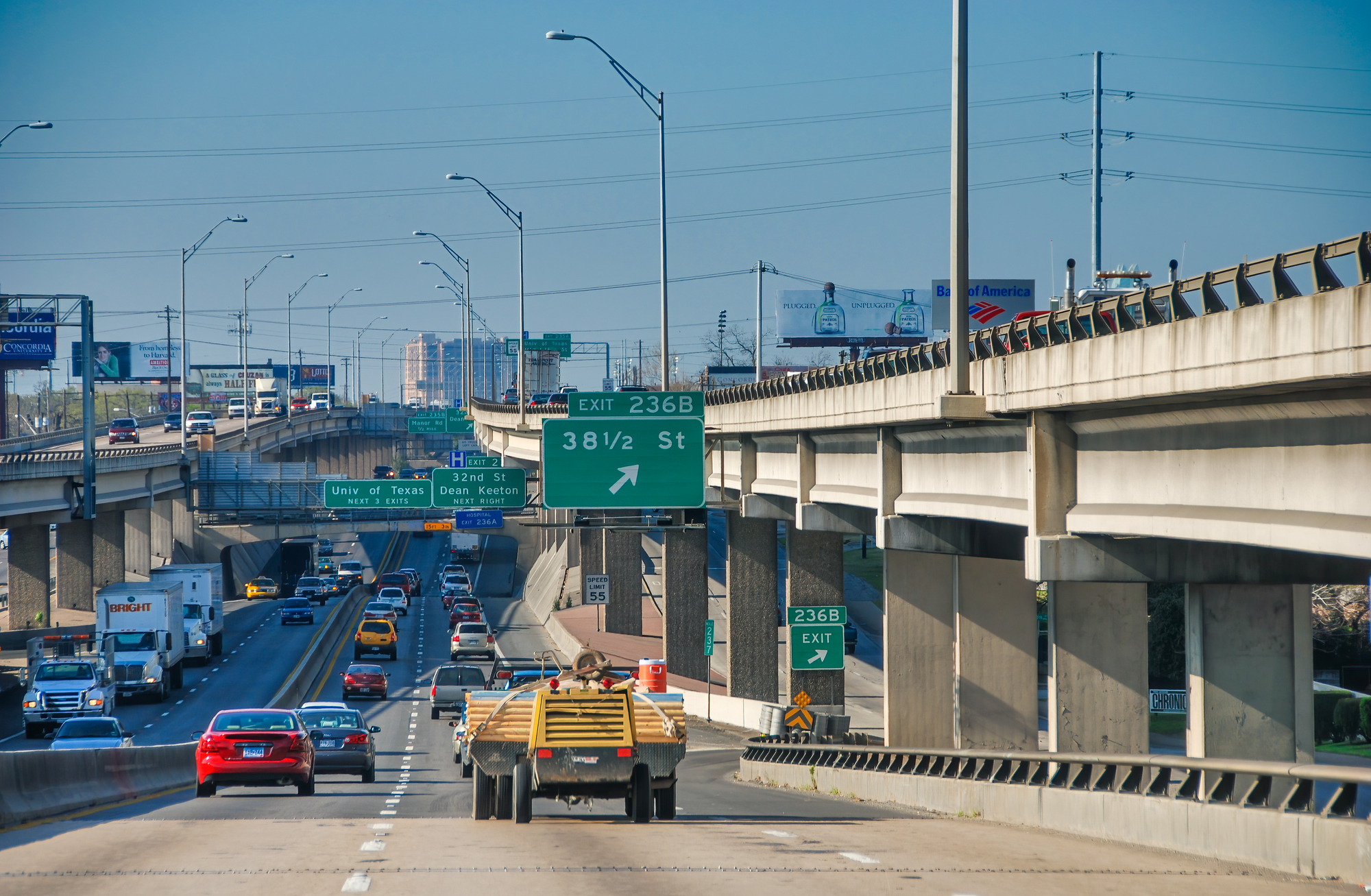
The Texas capital’s creative community mirrors its eclectic, boundary-pushing character with artistic expressions that defy easy categorization. The city’s East Austin Studio Tour provides access to over 500 artists’ workspaces each November, revealing the staggering depth of the local creative community.
The Cathedral of Junk stands as a testament to Austin’s embrace of artistic eccentricity, with over 60 tons of discarded items transformed into a walk-through environmental artwork. The Blanton Museum of Art houses the largest public collection of Latin American art in the country, reflecting the city’s cultural connections.
Like Travel Pug’s content? Follow us on MSN.
Pittsburgh

Steel City reinvented itself through strategic investment in cultural institutions and creative placemaking initiatives that honor its industrial heritage. The Andy Warhol Museum stands as the largest single-artist museum in North America, celebrating Pittsburgh’s most famous artistic son.
The Mattress Factory’s installation-based works occupy former industrial buildings, creating immersive environments that transform how visitors experience art. The city’s public stairways, originally built for mill workers, now host colorful community art projects that connect hillside neighborhoods.
Savannah

Georgia’s oldest city combines extraordinary architectural preservation with cutting-edge contemporary arts fostered by the influential Savannah College of Art and Design. The historic district’s 22 squares provide a living museum of urban planning and architectural styles spanning three centuries.
Non-Fiction Gallery and other artist-run spaces showcase experimental work that contrasts provocatively with the city’s traditional aesthetic. The city’s live oak trees draped with Spanish moss create natural sculptures that frame cultural experiences throughout the historic district.
Minneapolis

The Twin Cities region punches far above its weight with cultural institutions typically found only in much larger metropolitan areas. The Walker Art Center’s Minneapolis Sculpture Garden pioneered the concept of the urban sculpture park with works like the iconic Spoonbridge and Cherry.
The city’s theater scene thrives with the highest per capita attendance in the country outside New York, supporting over 200 professional companies. Former grain silos and flour mills converted to creative spaces honor the city’s industrial heritage while fostering contemporary artistic production.
Like Travel Pug’s content? Follow us on MSN.
Hudson

This small city along New York’s Hudson River transformed from industrial decline to artistic renaissance through organic development led by artists and gallerists seeking alternatives to New York City. Warren Street’s mile-long stretch now houses over 50 galleries, antique shops, and design studios in meticulously restored historic buildings.
The experimental music venue Basilica Hudson occupies a 19th-century factory, hosting boundary-pushing performances in a raw industrial setting. The city’s rich architectural heritage spans Federal, Victorian, and Queen Anne styles, creating a distinctive backdrop for contemporary cultural experiences.
Philadelphia
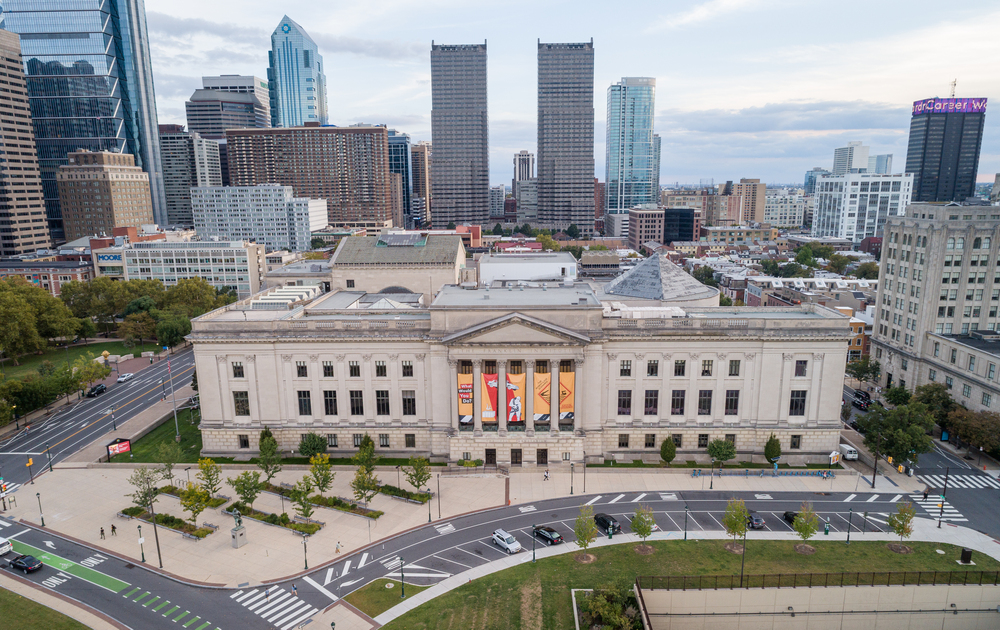
The City of Brotherly Love combines world-class museums with grassroots arts initiatives that reflect its diverse communities and rich history. The Philadelphia Museum of Art houses remarkable collections, while its famous steps, immortalized in the film Rocky, have become a cultural landmark in their own right.
The city’s Mural Arts Program stands as the largest public art program in America, with over 4,000 works transforming urban spaces into open-air galleries. The Magic Gardens exemplifies Philadelphia’s visionary artistic spirit, with mosaicist Isaiah Zagar’s immersive environment covering half a city block with intricate tilework.
New Orleans
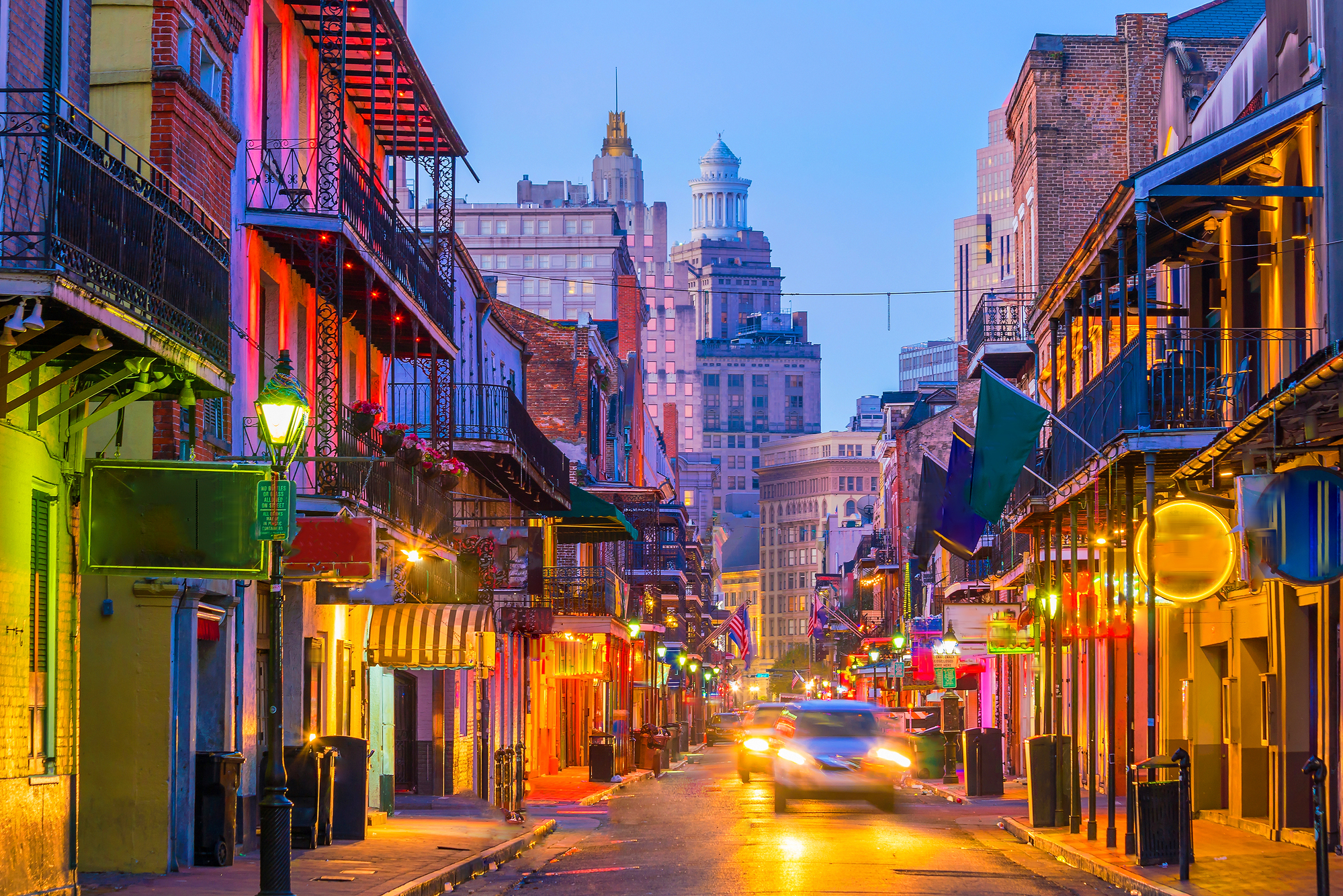
The Crescent City’s unparalleled cultural gumbo creates artistic expressions that reflect its unique fusion of African, European, and Caribbean influences. The St. Claude Arts District emerged post-Hurricane Katrina as a creative hub, with over a dozen galleries in formerly vacant spaces. Musical traditions blend seamlessly with visual arts through second-line parades featuring elaborately decorated umbrellas and hand-painted instruments.
Prospect New Orleans, established in 2008 as the country’s largest contemporary art biennial, spreads exhibitions throughout the city, activating both traditional and unexpected venues.
Like Travel Pug’s content? Follow us on MSN.
Columbus
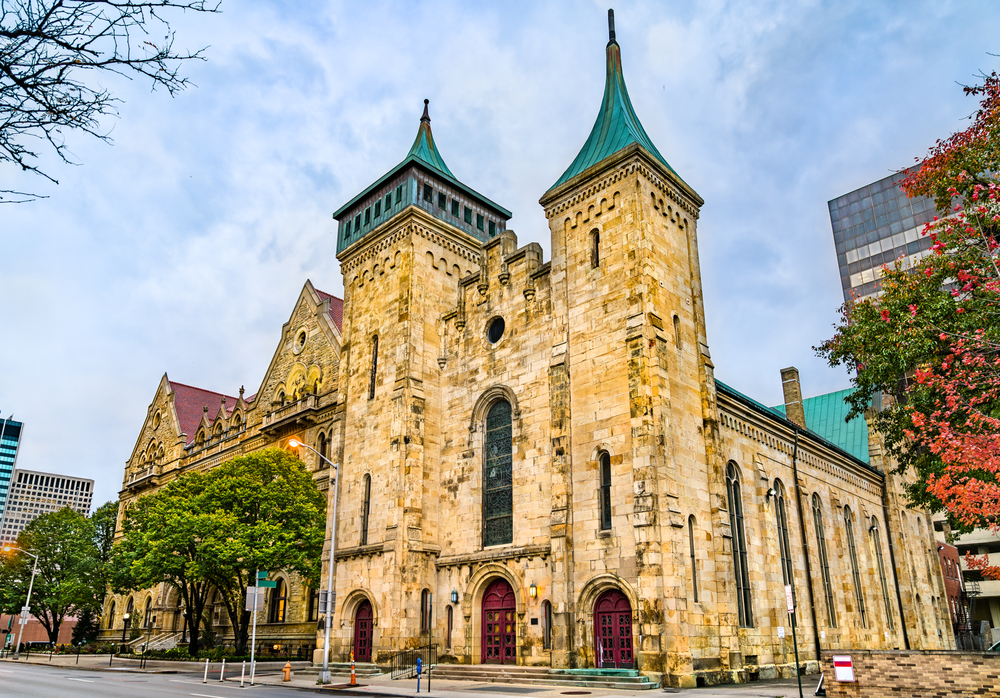
Ohio’s capital has quietly built one of the Midwest’s most dynamic art scenes through strategic investments in both buildings and creative programming. Starting in the 1980s, gallery-led development transformed the Short North Arts District from a dangerous neighborhood to a cultural destination.
The Wexner Center for the Arts established itself as a leading contemporary arts institution through adventurous programming across disciplines. The city’s significant collection of architectural works by contemporary masters includes buildings by Eisenman, Gehry, and Cloepfil, creating a living museum of modern design.
Oakland

This Bay Area city has emerged from San Francisco’s shadow with a fiercely independent arts scene reflecting its diverse communities and industrial heritage. The monthly Art Murmur/First Friday events regularly draw up to 20,000 visitors to the Uptown and Downtown districts to experience gallery shows, street performances, and culinary arts.
The city’s vibrant street art scene has transformed entire neighborhoods, with the Oakland Super Heroes Mural Project empowering youth to create positive images reflecting community identity. The creative reuse of spaces like the former 16th Street Station demonstrates the city’s adaptive approach to cultural placemaking.
Baltimore
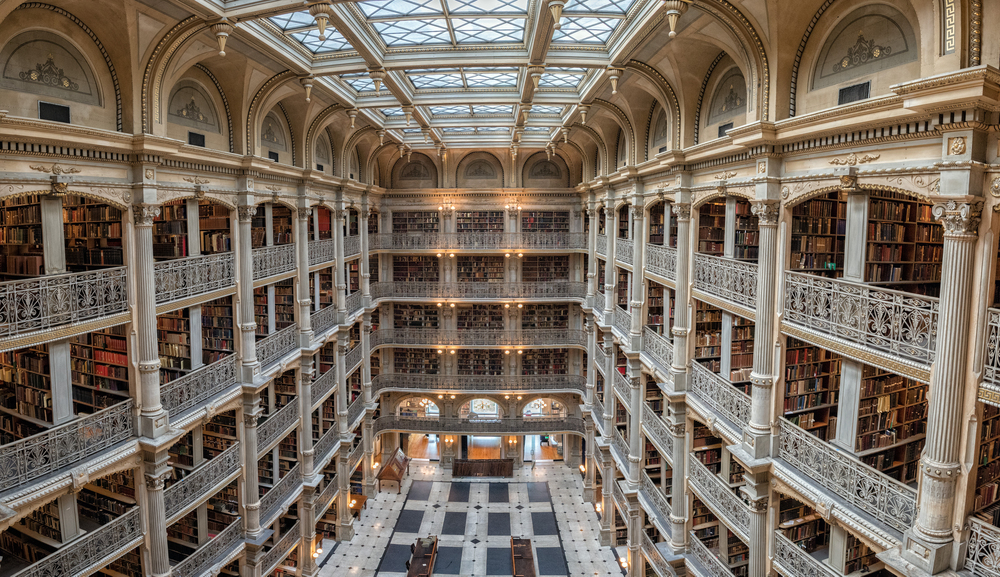
Charm City combines institutional strength with grassroots artistic energy, powered by affordable spaces and a distinctive local character. The American Visionary Art Museum stands as the national repository for self-taught artistic expression, housed in a wildly creative complex covered in mirror mosaics and found objects.
The city’s distinctive painted screens tradition dates back to 1913, when merchants began decorating row house window screens with colorful landscapes. The annual Artscape festival spans 15 city blocks, making it America’s largest free arts festival and a showcase for the city’s diverse creative communities.
Like Travel Pug’s content? Follow us on MSN.
San Antonio
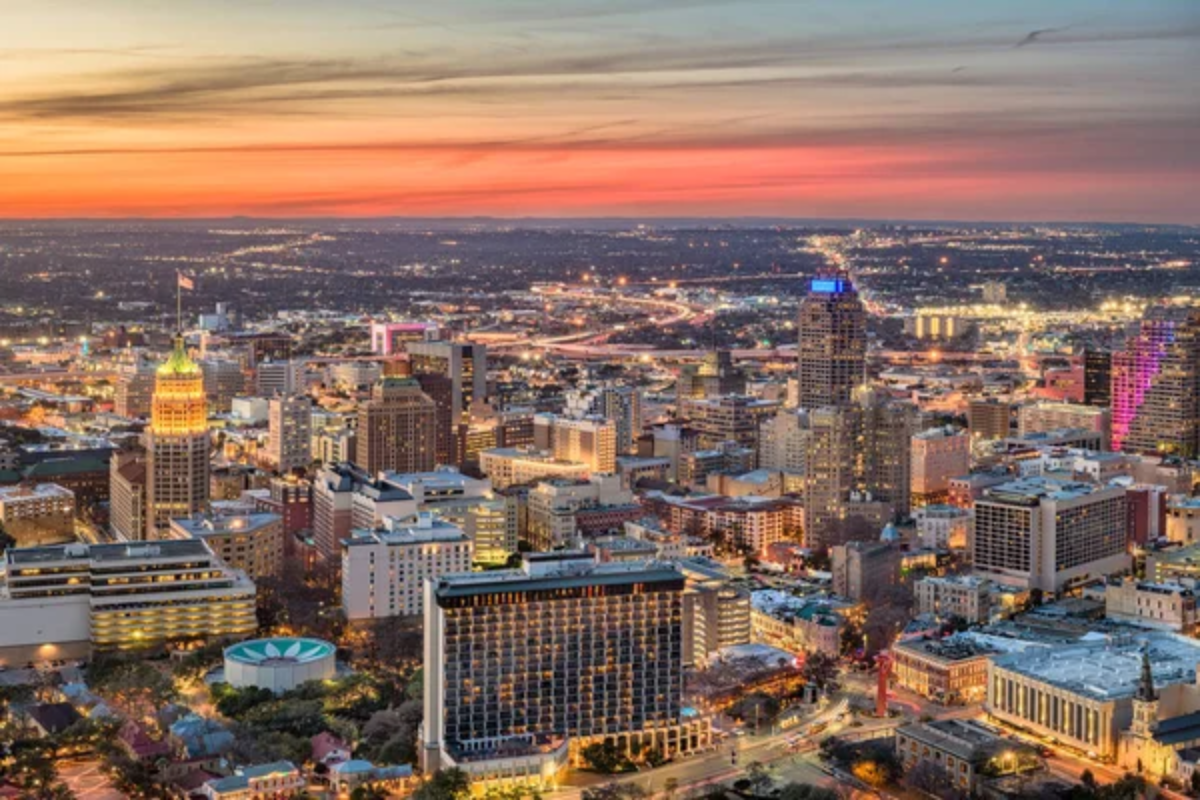
Texas’s second-largest city expresses its unique cultural heritage through artistic ventures that bridge Mexican and American traditions. The River Walk’s Museum Reach extension integrated major public artworks into the urban landscape, including Donald Lipski’s suspended schools of glowing fiberglass fish.
Southtown’s First Friday tradition has grown from a small gallery walk to a major monthly cultural event drawing thousands to the city’s creative district. The former Lone Star Brewery’s transformation into the San Antonio Museum of Art exemplifies the city’s skill at adaptive reuse of industrial heritage for cultural purposes.
Jersey City

This rapidly evolving city across the Hudson from Manhattan has developed its own distinctive arts identity through grassroots initiatives and adaptive reuse of industrial spaces. The transformation of a 150-year-old tobacco warehouse into Mana Contemporary created a massive cultural hub housing artists’ studios, exhibition spaces, and a foundry for large-scale sculpture production.
The city’s street art scene has exploded through the Jersey City Mural Arts Program, which has commissioned over 200 works throughout the city. Historic Powerhouse Arts District buildings now house galleries, studios, and performance spaces in former industrial facilities once powered by massive coal furnaces.
Louisville

Kentucky’s largest city expresses its artistic identity through initiatives that honor both regional traditions and contemporary artistic practices. The 21c Museum Hotel pioneered a new model of cultural tourism by integrating a world-class modern art museum with boutique hospitality.
The annual Humana Festival of New American Plays at Actors Theatre has premiered works by Pulitzer Prize winners while establishing the city as a national center for theatrical development. The Speed Art Museum’s recent renovation created Kentucky’s largest and oldest art museum while strengthening connections to diverse communities through innovative programming.
Like Travel Pug’s content? Follow us on MSN.
Creative Capitals of Tomorrow

These twenty cities represent the extraordinary breadth and depth of America’s artistic landscape beyond the established cultural centers. Their thriving creative communities demonstrate how the arts can drive economic revitalization, preserve cultural heritage, and express distinctive local identities in an increasingly homogenized world.
What makes these scenes particularly vibrant isn’t just the presence of museums or galleries but the organic interactions between institutions, working artists, and engaged communities, which create dynamic cultural ecosystems. As these mid-sized creative capitals continue evolving, they offer both residents and visitors authentic artistic experiences deeply rooted in their unique sense of place.
More from Travel Pug

- Cities Growing so Fast You Won’t Recognize Them in 10 Years
- 13 Destinations Where Tourists Regularly Regret Their Trip
- 16 U.S. Cities That Are Quietly Becoming Travel Hotspots
- Where to Travel If You Love Long Bus Rides and Daydreams
- 20 Cities Perfect for Solo Travelers Who Crave Adventure & Culture
Like Travel Pug’s content? Follow us on MSN.
